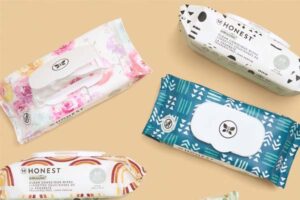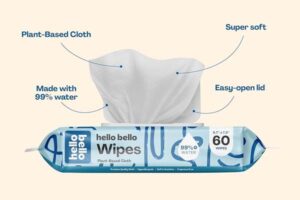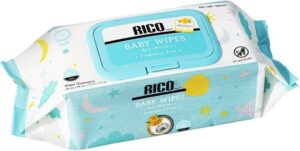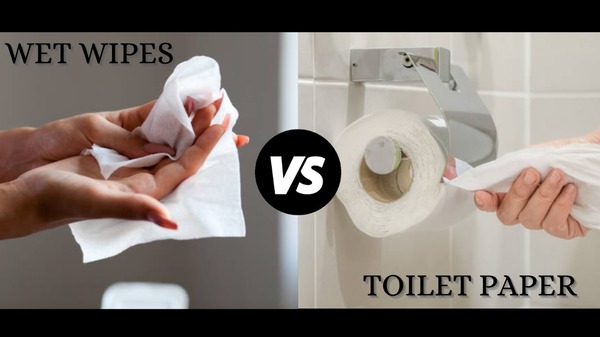
Is your usual toilet paper routine really getting the job done? You might feel clean, but there could be a better way. Wet wipes offer a feeling of freshness, but are they truly superior?
Yes, wet wipes often provide a more thorough clean than dry toilet paper because their moisture helps remove residue effectively. However, the "better" option also depends on factors like flushability, skin sensitivity, and environmental impact1.
Let's dive into why wet wipes often feel cleaner. Traditional toilet paper primarily relies on friction. While it removes solids, it can sometimes smear residue rather than lift it away completely. Wet wipes, using moisture and often gentle cleansing agents, are designed to lift and trap dirt and bacteria. This generally results in a cleaner feeling and better personal hygiene. Think about wiping a messy surface – a damp cloth almost always works better than a dry one. It's a similar principle for personal care. Yet, we also need to consider how each product interacts with our plumbing and our planet.
The cleaning power of a wet wipe comes from its ability to hydrate and loosen residue. Dry paper can be abrasive, especially on sensitive skin, potentially causing irritation. Many wet wipes incorporate soothing ingredients like aloe or chamomile, offering a gentler experience. But not all wipes are the same. The material, the liquid formula, and how you dispose of them are all important points to think about when comparing them to standard toilet paper, which breaks down very easily after flushing.
Can Wet Wipes Replace Toilet Paper Completely?
So, the clean feeling is nice, but does this mean you should ditch toilet paper altogether?
Completely replacing toilet paper with wet wipes isn't usually the best strategy. Many wipes aren't designed to be flushed and can cause serious plumbing issues. Often, using both is the ideal approach for cleanliness and pipe health.
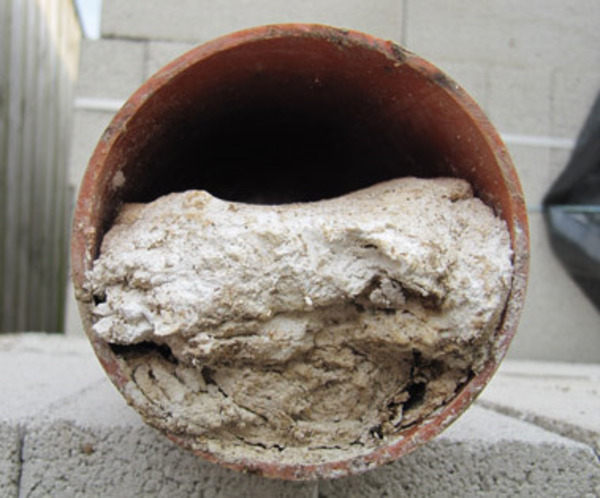
Practical Considerations
Replacing toilet paper entirely might seem convenient, but let's look at the practical side of things.
Plumbing Problems – The Clog Factor
This is a big one. Most wet wipes, even some labeled "flushable", do not break down in water the way toilet paper does.
- Standard Wipes: Made from materials like plastic fibers (polyester, polypropylene), they don't disintegrate easily. Flushing them is a common cause of blocked pipes in homes and huge clogs in city sewer systems (often called "fatbergs").
- "Flushable" Wipes: While designed to break down better than standard wipes, many still don't disperse quickly or completely enough, potentially causing issues down the line. Wastewater systems weren't built for them.
- Toilet Paper: Designed specifically to dissolve rapidly in water, making it safe for septic and sewer systems.
Recommendation: Unless a wipe explicitly states it passes stringent wastewater industry flushability standards (like INDA/EDANA GD4), it's safest to dispose of it in the trash bin.
Environmental Impact
The materials used matter for the planet.
- Traditional Wipes: Often contain plastics that contribute to microplastic pollution when they eventually break down (which takes a very long time). Manufacturing these materials also has an environmental cost.
- Toilet Paper: Typically made from virgin tree pulp, recycled paper, or sometimes bamboo. While production uses resources (water, energy), paper biodegrades relatively quickly.
- Eco-Friendly Wipes: This is where things get interesting. Wipes made from plant-based, biodegradable materials (like bamboo, organic cotton, wood pulp, or PLA) are becoming more common. These offer the cleaning benefits while minimizing long-term environmental harm, especially if they are compostable. Look for relevant certifications.
Skin Sensitivity and Health
What touches your skin needs to be gentle.
- Toilet Paper: Generally inert, but the dry wiping action can cause friction and irritation for some people. Bleached paper can contain chlorine byproducts, though unbleached options exist.
- Wet Wipes: Can be very gentle if formulated correctly. Look for:
- Hypoallergenic: Designed for sensitive skin.
- pH-Balanced: Matches the skin's natural pH.
- Fragrance-Free: Fragrances are common irritants.
- Alcohol-Free: Alcohol can be drying.
- Minimal Preservatives: Necessary to prevent mold/bacteria, but some can cause reactions. Look for gentle preservation systems.
Constant moisture from only using wipes could potentially alter the skin's natural balance for some individuals. Using dry paper first, followed by a wipe for final cleansing, is often a good compromise.
Comparison Table
| Feature | Toilet Paper | Standard Wet Wipes | Eco/Flushable Wipes |
|---|---|---|---|
| Cleaning Power | Basic | High | High |
| Skin Comfort | Can be abrasive | Often soft, can have soothers | Often soft, plant-based |
| Flushability | Highly flushable | Do Not Flush | Varies greatly; check standards |
| Biodegradability | Generally rapid | Very slow (often plastic-based) | Faster (if plant-based cert.) |
| Plumbing Risk | Very Low | High | Moderate to Low (if truly disperses) |
| Cost per Use | Generally Low | Moderate | Moderate to High |
What Makes a "Good" Wet Wipe?
If you decide wet wipes are right for you, or your customers, what separates a premium product from a basic one?
A truly "good" wet wipe combines effective cleaning power with gentle, skin-friendly ingredients. It uses a suitable, often plant-based material, maintains its moisture, and has clear disposal guidelines.
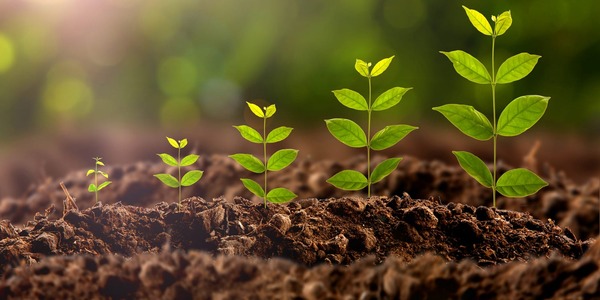
Key Quality Indicators
Choosing the right wipe involves looking beyond the basic cleaning function. Here’s what we consider crucial:
Material Matters
The wipe substrate (the cloth itself) is fundamental.
- Avoid: Polypropylene (PP), Polyester (PET) – These are plastics. They are strong but feel harsh and are not biodegradable.
- Prefer:
- Cellulose/Wood Pulp: Often forms the basis of "flushable" wipes as it can break down in water (though performance varies).
- Viscose/Rayon: Plant-derived, soft, and absorbent. Often biodegradable.
- Cotton: Natural, soft, strong, and biodegradable. Organic options are available.
- Bamboo: Fast-growing resource, naturally soft, strong, and biodegradable.
- PLA (Polylactic Acid): Made from plant starches (like corn), compostable under industrial conditions.
The right material impacts softness, strength, environmental profile, and cost.
Formulation Factors
The liquid solution determines the wipe's function and skin compatibility.
- Cleansing Agents: Should be mild and effective. Avoid harsh sulfates.
- Moisturizers & Soothers: Ingredients like Aloe Vera, Glycerin, Vitamin E, Chamomile, Calendula add value.
- pH: Should be balanced to match human skin (typically around 4.5-5.5) to avoid disrupting the skin barrier.
- Preservatives: Essential to prevent bacterial and mold growth, but should be gentle and used in minimal effective concentrations. Look for paraben-free or phenoxyethanol-free if sensitivities are a concern.
- Specialty Ingredients: Depending on the purpose, wipes might contain things like antibacterial agents (e.g., Citridiol® for sanitizing), specific oils (like argan for facial wipes), or even CBD for wellness products.
Certifications and Testing
Labels provide assurance about quality and safety.
- Dermatologically Tested: Indicates the product has been tested on human skin under dermatologist supervision, usually showing low irritation potential.
- Hypoallergenic: Suggests a lower risk of allergic reactions, though not a guarantee for everyone.
- Biodegradable/Compostable Standards: Look for specific standards (e.g., EN 13432, ASTM D6400 for compostability; ISO, ASTM standards for biodegradability).
- Material Sourcing: FSC (Forest Stewardship Council) for paper/pulp-based materials or packaging ensures responsible sourcing.
- Cruelty-Free: Certifications like Leaping Bunny indicate no animal testing.
- Compliance: For specific markets, look for FDA compliance (USA), EU Cosmetics Regulation compliance, or EPA registration (for disinfectant wipes).
Packaging Performance
Good packaging protects the product.
- Seal Integrity: A reliable seal (sticker or flip-top lid) prevents wipes from drying out prematurely.
- Dispensing: Should allow easy removal of one wipe at a time.
- Material: Packaging should be durable and protect the formula from light or air degradation if necessary. Recyclable or sustainable packaging options are a plus.
Are "Flushable" Wipes Really Flushable?
This is a common point of confusion and frustration. What does "flushable" actually mean on a wet wipe package?
Many wipes labeled "flushable" do not disintegrate quickly enough in sewer systems and contribute to clogs. True flushability requires rapid breakdown similar to toilet paper, a standard few wipes meet despite marketing claims.
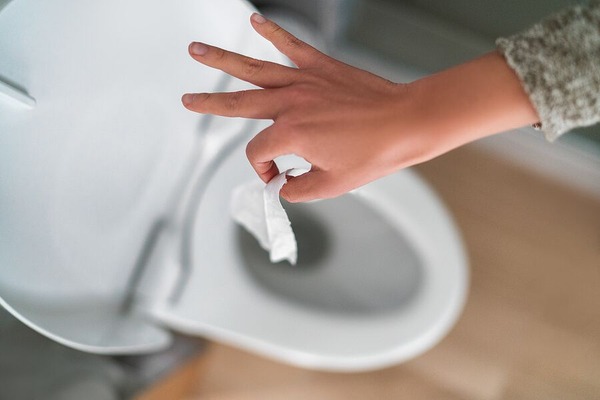
Unpacking the "Flushable" Claim
The term "flushable" is surprisingly controversial. Let's break down why.
The Definition Disconnect
There isn't one single, universally agreed-upon legal definition of "flushable" that satisfies both manufacturers and wastewater authorities.
- Manufacturer Perspective: Often means the wipe will clear the U-bend of a standard toilet and enter the drain system without immediately causing a blockage in the home.
- Wastewater Utility Perspective: Requires the wipe to break down rapidly (like toilet paper) once it enters the sewer lines, passing through pumps and screens without causing accumulation or clogs downstream.
These definitions are often in conflict. A wipe might meet the first definition but fail spectacularly at the second.
Testing Standards and Reality Checks
To address the confusion, industry bodies developed voluntary testing guidelines.
-
INDA/EDANA Guidance Document 4 (GD4): This is the most widely recognized standard, particularly in North America and Europe. It involves a battery of 7 tests simulating real-world conditions, assessing characteristics like:
- Toilet bowl clearance
- Drain line clearance
- Disintegration/Dispersion (slosh box test)
- Settling
- Passage through municipal sewage pumps
- Passage through screens
- Aerobic/Anaerobic biodegradation
-
The Problem: Compliance is often voluntary, and marketing terms can be loose. Some products labeled "flushable" may only pass older, less stringent tests, or just the initial toilet bowl clearance test.
Always look for specific mention of passing the full GD4 assessment or equivalent rigorous standard recognized by wastewater professionals (like the UK's 'Fine to Flush' certification).
The Fatberg Phenomenon
This isn't just a theoretical problem. Giant blockages, dubbed "fatbergs," plague sewer systems worldwide. They are composed primarily of:
- Non-flushable Items: Especially wet wipes that don't break down.
- Fats, Oils, and Grease (FOG): Poured down drains irresponsibly.
The wipes act like a binding agent, trapping the FOG and creating solid masses that obstruct pipes, leading to sewer overflows into streets or homes, environmental damage, and huge removal costs. Even wipes that partially meet flushable criteria can contribute if they don't disperse fully and quickly.
Breakdown Comparison
| Item Type | Typical Material | Behavior in Water (Short Term) | Behavior in Sewer System | Plumbing Risk |
|---|---|---|---|---|
| Toilet Paper | Paper Pulp | Dissolves rapidly | Disperses fully | Very Low |
| Standard Wet Wipe | Plastic fibers (PP/PET) | Stays intact | Does not break down; binds FOG | Very High |
| "Flushable" Wipe (GD4 Pass) | Specially treated fibers (e.g., Cellulose) | Weakens and starts breaking apart | Designed to disperse significantly | Lower (but not zero risk) |
| "Flushable" Wipe (Non-GD4 Pass) | Various fibers | May stay largely intact | May not break down; contributes to clogs | Moderate to High |
Bottom Line: Exercise extreme caution with any "flushable" claim. When in doubt, treat it like a standard wipe: Bin it, don't flush it.
Finding Your Ideal Wet Wipe Solution with BBWIPES®
Choosing between wet wipes and toilet paper, or selecting the right kind of wet wipe, involves balancing cleaning effectiveness, skin health, convenience, environmental responsibility, and plumbing safety. As you navigate these choices, especially if you're sourcing wipes for your business, finding a manufacturing partner who understands these complexities is crucial.
This is where we, at BBWIPES®, come in. With over 12 years of specialized experience, we've built our reputation on creating premium wet wipe solutions that meet diverse needs. We get that a hospital procurement director like Emily needs clinically validated, EPA-compliant antibacterial wipes, while an eco-luxury brand owner like Luca requires certified organic ingredients in biodegradable materials.
We pride ourselves on:
- Custom Formulation Expertise: From selecting sustainable substrates like organic cotton or bamboo viscose to developing unique solutions (alcohol-free sanitizing, hypoallergenic baby care, CBD-infused wellness), we handle it all in-house.
- Eco-Conscious Innovation: We offer plant-based, biodegradable, and compostable wipe options, utilizing technologies like our AquaRise® system that reduces liquid use while maintaining efficacy. We source FSC-certified packaging and meet stringent environmental standards.
- Industry-Specific Solutions: We cater to healthcare (EN 14476 certified), hospitality (custom branding), pet care (ISO 10993 tested), and retail (private label programs) with proven success.
- Rigorous Quality Assurance: Our 4-stage inspection protocol and compliance with standards like ISO 9001, GMP, ISO 22716, FDA 21 CFR, and EU regulations ensure safe, effective, and consistent products.
- Agile Global Logistics: We ship worldwide, managing everything from temperature control to regulatory documentation (like GHS-compliant SDS for Emily!) and offering flexible MOQs.
If you're looking for a reliable partner who can navigate complex requirements and deliver high-quality, custom wet wipes, we're here to help.
Conclusion: The Final Wipe-Down
So, are wet wipes better? They often clean more effectively than dry toilet paper. But "better" isn't simple. Consider flushability (trash bin is safest!), skin needs, and eco-impact. Using both TP and a responsibly chosen and disposed of wipe might be the ideal path.
-
Discover the environmental implications of using wet wipes compared to toilet paper and make informed choices for sustainability. ↩

